Cargando...
Recursos educativos
-
Nivel educativo
-
Competencias
-
Tipología
-
Idioma
-
Tipo de medio
-
Tipo de actividad
-
Destinatarios
-
Tipo de audiencia
-
Creador
Lo más buscado
- Astros del planeta tierra
- Uso de b y v
- Términos geográficos
- Mapa de Europa
- Actividades didacticas para cuarto
- Repaso en secundaria
- Guerra de Irak
- Experimentos de matemáticas para educación secundaria
- Derechos infantiles
- Dictados ESO
- fichas matemáticas
- Actividades plásticas
- Arte abstracto
- Ejercicios de números romanos
- Horas del reloj
-
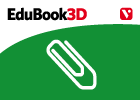
How did Neolithic people make metal objects?
EduBook Organización
- 2099 visitas
In the Metal Age, people who worked with metals were called smiths. They learnt to use fire and heat to make metal tools. They did this in the following way: Heating. The smiths heated the metal ore to…
-
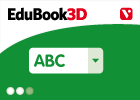
True/false. Characteristics of medieval cities
EduBook Organización
- 2105 visitas
Decide if the following statements are true or false: Cities grew because of an increase in harvests and trade. ➝ Cities were situated far from roads, to avoid attacks. ➝ The new social class which…
-

Vertebrates
EduBook Organización
- 2099 visitas
Characteristics of vertebrates Vertebrates are animals that have a spine (backbone). The spine supports the body. Vertebrates have an internal skeleton that is articulated: it is made up of bones…
-
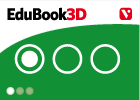
Final self-evaluation 05 - Animals
EduBook Organización
- 2093 visitas
Which group of animals does the following definition refer to? The body is covered by a hard substance which forms a skeleton. This skeleton is external and is divided into articulated parts.
-

Fungi - Fungi
EduBook Organización
- 2107 visitas
Fungi are an important group of living things. This group includes mould and mushrooms. Fungi are different from animals and plants. Like animals, fungi feed on organic matter from other organisms.…
-

Find out more
EduBook Organización
- 2104 visitas
The words adolescence and puberty do not have the same meaning. When we talk about puberty, we refer to the physical changes in the body during adolescence. Puberty happens at different ages for boys…
-

Select. The development of the young
EduBook Organización
- 2104 visitas
Choose the correct answer to the following question: In indirect development, what are the young called?
-
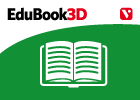
The fruit. The dispersal and germination of seeds.
EduBook Organización
- 2104 visitas
The fruit As a seed develops, the pistil changes and grows, the petals fall off, and it becomes a fruit. Fruits have many different forms: Some are fleshy like peaches, pears and oranges. Other fruits…
-
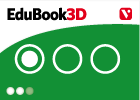
Elige. El poblado de Los Millares
EduBook Organización
- 2098 visitas
Marca la respuesta correcta a cada una de estas preguntas referidas al poblado de Los Millares: ¿Qué tipo de poblado era? ¿Cómo eran sus casas? ¿Qué tipo de objetos se han encontrado en él?…
-
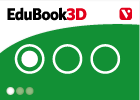
Elige. Plumas
EduBook Organización
- 2096 visitas
Elige la respuesta correcta a la siguiente pregunta: ¿Para qué sirven las plumas de las aves?
Te estamos redirigiendo a la ficha del libro...













